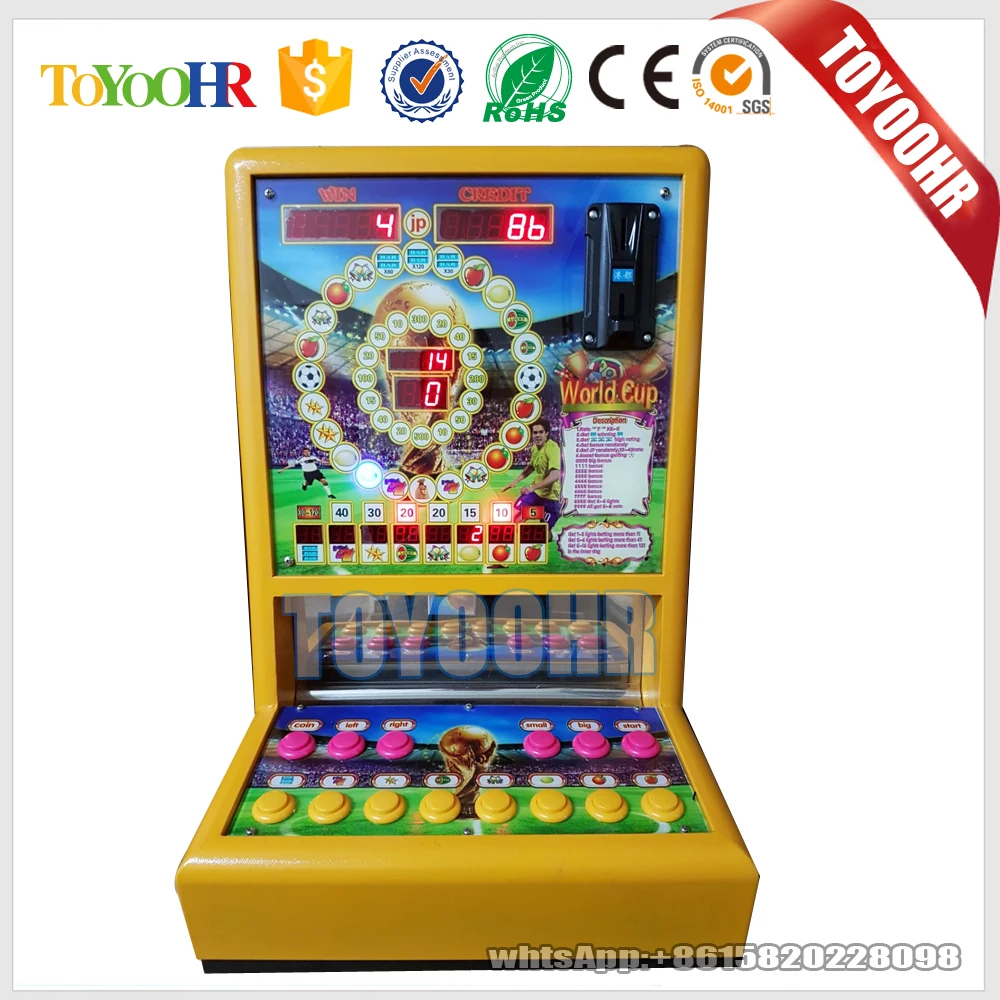Evoking memories of British seaside holidays and lost hours in the amusement arcade, coin-operated fruit machine gaming is popular among collectors on the lookout for new or vintage slots. With the introduction of the new £1 coin in 2017, there is a new market among people looking for updated classic gaming machines. Universal MK2 Hopper as used in change machines etc. Handles coins between 20 and 30mm. Checked and working. Can be run in 3 modes. 1: Direct, where power drives motor when 24V applied. 2: Logic control where logic line runs motor. 3: Pulse count where hopper dispenses one coin. Rare - Project Coin Empire fruit machine. Refurbushed Heber Pluto 5C MPU with batteries fly wired well away from the board. This machine is big - nearly 8ft tall. Project Coin Fruit Machines Project Coin design and manufacture video and mechanical gaming machines for betting shops, arcades, bingo halls and casinos.
Project Coin Fruit Machines Dispense
In the 80s, you may have put coin after coin into your favourite arcade machine, giving a countless amount of money to a large box. Fast-forward 25 years or so, and using a £25 Raspberry Pi 3, along with some creative hacking, you can relive your high-score glory days as you play your favourite old-school classics to your heart's content.
Independent Sheffield-based web developer Matt Brailsford, aka Circuitbeard, shares his retro-Pi plans, which use a repurposed miniature desktop arcade machine as the housing.
Advertisement
WHAT YOU'LL NEED

For this build, you'll need a Raspberry Pi with a memory card, a Pimoroni Picade PCB, and a TFT screen with an HDMI input, and an HDMI cable and power supply. Additionally, procure a panel mount joystick, generally using microswitches, electrical buttons, a USB power supply with a micro USB plug, and a USB-A to micro USB cable. Four-ohm speakers and a 3.5mm audio jack are needed for audio. A Wi-Fi dongle (or the Pi 3's built-in Wi-Fi) and wireless keyboard are helpful for setting everything up after it's in your cabinet.
INSTALL THE SOFTWARE
Project Coin Fruit Machines For Sale


Power up your Raspberry Pi and monitor, then connect them with the HDMI cable. Install a piece of software called RetroPie, following the instructions that can be found on GitHub. This will set up your Pi as a retro-games emulator and will allow you to put ROMs, or copies of video games, on to it to play. The simplest way to add ROMs is with a USB
drive, as also outlined in that wiki. A good source for these files is archive.org/details/internetarcade.
SET UP THE CONTROLS AND CABINET
Plug the Picade PCB into your Raspberry Pi via USB. Wire your joystick and buttons into the Picade board after connecting them via USB cable. The Raspberry Pi will then interpret button and joystick input as keyboard presses. Plug the audio jack into the Raspberry Pi's output port and the Picade PCB's 3.5mm input jack, then wire your speakers into the adjacent screw terminals. Connect the Wi-Fi/Ethernet and a keyboard if using it. You can also use a custom-built kit, such as the Picade, for greater convenience.